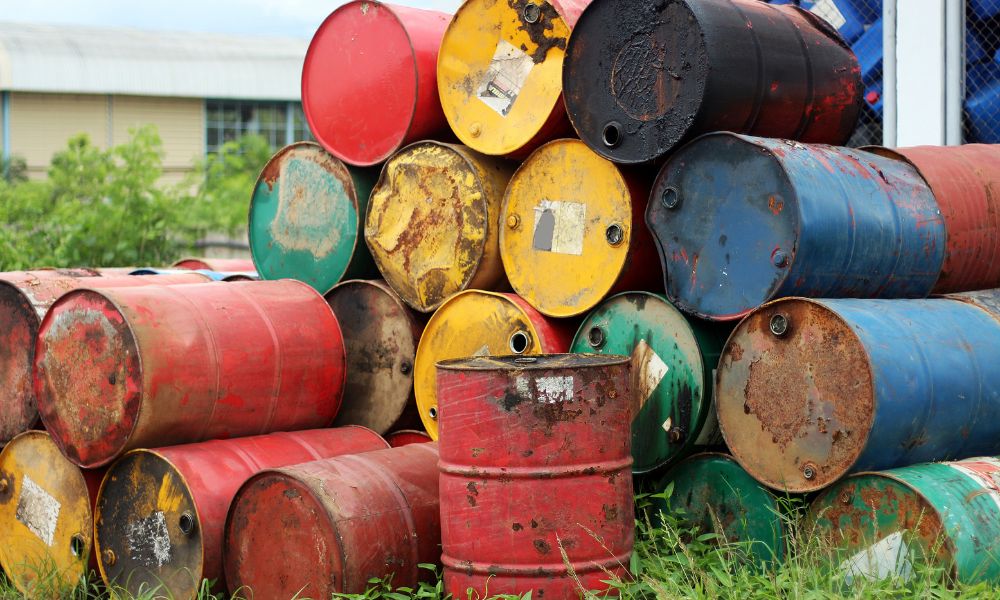
The safe disposal of biohazardous waste should be a top priority, whether you’re a seasoned healthcare professional or an attentive environmental service manager. Proper handling and disposal protect not only you and your team but also the wider community and environment. This guide explores the four methods of disposing of biohazardous waste so you can avoid a dangerous incident in your workplace.
Incineration of Waste
Incineration is a highly efficient method for disposing of biohazardous waste, reducing waste volume, and eliminating potentially hazardous pathogens. This process transforms waste into ash, water vapor, and carbon dioxide through high-temperature combustion. Incineration is best for treating pathological waste, sharps, and other materials that other methods cannot easily decontaminate. Incineration ensures everyone’s safety and contributes to energy recovery, making it a preferred choice for managing biohazard waste responsibly.
Autoclaving or Steam Sterilization
Autoclaving uses pressurized steam to eliminate bacteria, viruses, fungi, and other pathogens, ensuring the waste is safe to handle and dispose of in a standard landfill. This process is particularly advantageous for treating cultures, laboratory glassware, tools, and instruments that encounter biohazardous materials. Autoclaving is efficient, environmentally friendly, and aligns with the principles of sustainability by reducing the volume of waste that requires incineration.
Chemical Disinfection
Chemical disinfection is a critical method for disposing of biohazardous waste, particularly for liquid waste and items that cannot withstand high temperatures. This process involves using EPA-approved chemical agents capable of effectively neutralizing various pathogens. Chemical disinfection alters the molecular structure of these harmful organisms, ensuring that the waste is harmless and individuals can safely disposed of it without posing a risk to public health or the environment.
Microwave Treatments
Microwave treatments represent a cutting-edge method for disposing of biohazardous waste, utilizing the power of microwaves to sterilize waste effectively. This process involves using microwave radiation to heat and destroy all microbial life within the waste material, rendering it safe for disposal. It’s particularly suitable for treating soft biohazardous waste, such as tissues, lab garments, and certain types of sharps.
While exploring the various methods of disposing of biohazardous waste is enlightening, untrained individuals should never attempt them. The complexities and inherent dangers associated with biohazard remediation necessitate the intervention of seasoned professionals like Redline Emergency Solutions.
These experts ensure that every step, from segregation to final disposal, adheres to stringent regulatory standards designed to protect public health and the environment. Attempting to handle biohazardous waste without the required expertise can lead to serious consequences. Always rely on professional biohazard remediation services to safely manage and dispose of such waste.

